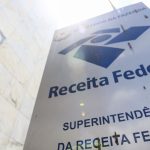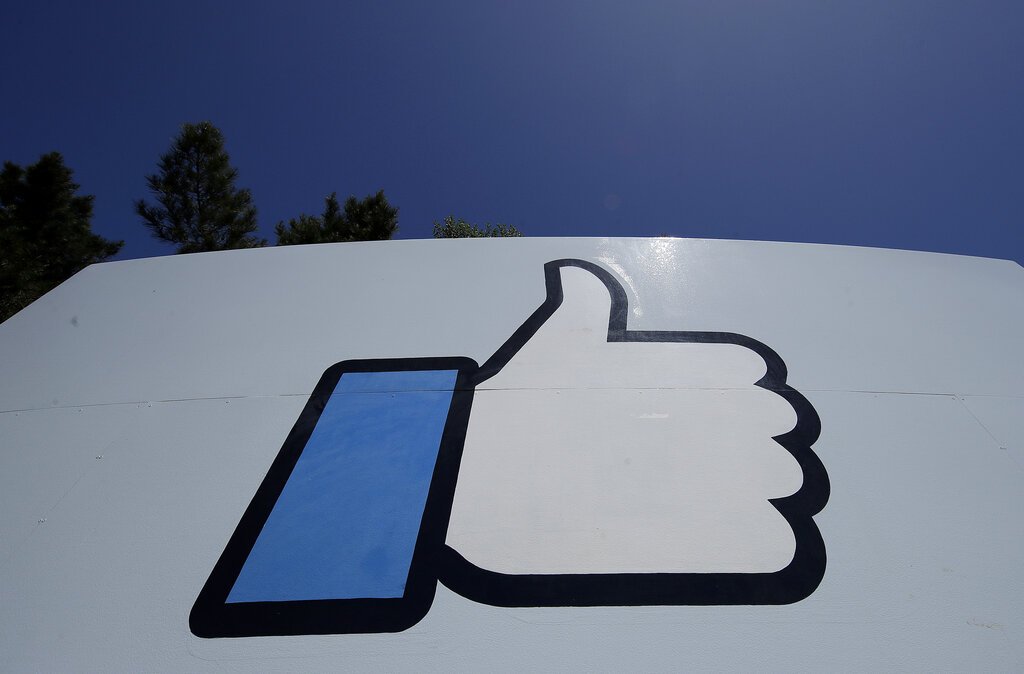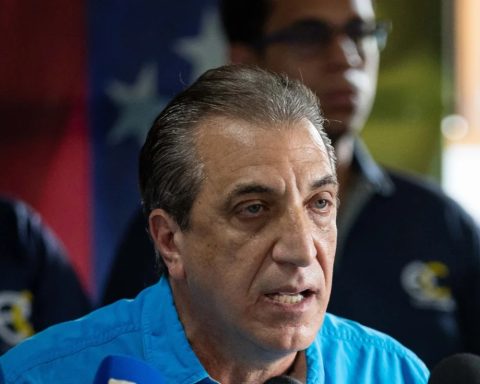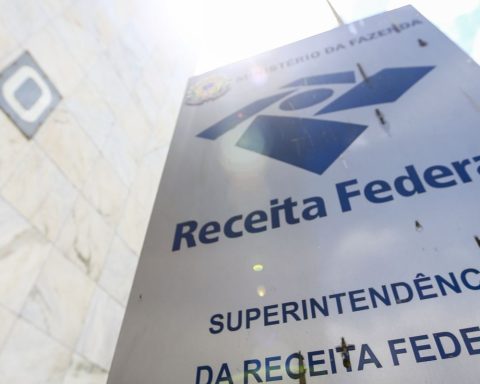The Government only managed to execute 64.5% of the public investment scheduled for 2021, a figure that leaves doubts about the execution capacity of state institutions and the ability to obtain financing from the Luis Arce administration in the face of $5,015 million it must spend this year to keep the economy growing.
Data from the Ministry of Development Planning show that between January and December of the previous administration, the investment made was $2,607 million (Bs 18,150 million), that is, 64.5% of the $4,040 million programmed for 2021.
This medium requested information from that State portfolio on the causes for which a higher level of execution was not reached, but did not receive a response until the closing of this edition.
Public investment is, according to the Government, the main engine of the economy and last year it was mainly oriented to the reactivation of the productive apparatus.
Behavior
“In theory, this investment affects many economic variables. The most important of them is the generation of employment”, affirmed the analyst Lorgio Ardaya.
“This investment is trying to avoid unemployment,” agreed Luis Pablo Cuba, president of the Departmental College of Economists of Cochabamba.
Ardaya indicated that among the reasons why the Government has not reached a higher percentage of execution are the excessive bureaucracy in the state apparatus and the change of authorities at the subnational levels.
He added that it is necessary to analyze in detail the investment reports to identify if the execution also responds to problems in obtaining financing for the budget.
“Public investment is what is playing the role of reactivating the economy and, therefore, the Government is trying to keep it growing despite financing difficulties,” Cuba asserted. This, she considered, accelerates the growth of the internal debt, since “we are not accessing external debt.”
The economist Roberto Laserna observed that investment and public spending have often been evaluated by their degree of execution, considering as a “failure” that the entities have not been able to execute their budget. “That is very wrong. The evaluation of public investment must be done based on its social or economic impact, depending on the nature of said investment.”
“If you invest in education, for example, the evaluation must identify improvements in coverage and, above all, in educational quality. If you invest in productive companies, they must be subject to the same evaluation parameters as private companies: what products they manufacture, what quality of employment they generate, how much they contribute in taxes and what their profitability is,” he indicated, before emphasizing that these evaluations must be independent.
The so-called “accountability” that is confirmed by offering some isolated figures to a small group of people is useless. The evaluations must be done regularly and by qualified personnel, and be made available to the public, he stressed.
The data of the public investment executed in 2021 is known after the Government programmed for this management one of the highest investments in the country’s history, $5,015 million. 40% of these resources will come from external credit. This amount will support the transformation of the productive apparatus with import substitution and industrialization, and the continuity of social policies with redistribution.
“If we had sources of financing or new income arrived from an increase in the prices of our raw materials, this investment would be justified, but more debt is being used. The more that investment grows, the greater the indebtedness of the Bolivian economy will be,” Cuba said.

















